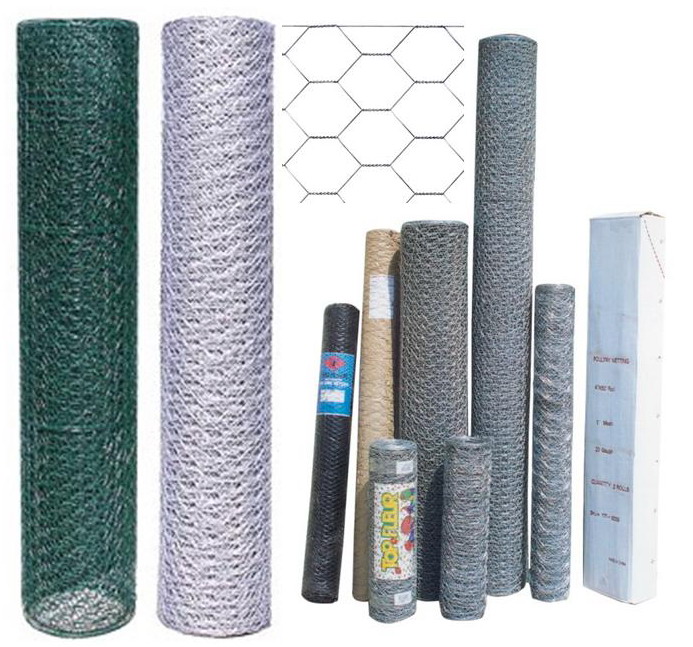
- Mobile Phone
- +8613931874955
- sales@cntcmetal.com
Understanding Dowel Bars and Their Role in Concrete Pavement Design
The Importance and Application of Dowel Bars in Construction
Dowel bars are critical components in modern construction, particularly in reinforced concrete applications. These simple yet effective elements serve multiple purposes in ensuring the structural integrity and durability of concrete structures, especially in pavement systems. This article discusses the role of dowel bars, their applications, benefits, and considerations for installation.
What are Dowel Bars?
Dowel bars are typically cylindrical steel rods that are inserted into concrete structures to provide load transfer between adjoining concrete slabs. They are commonly used in jointed plain concrete pavements, where the slabs are positioned next to each other during construction. Dowel bars help to maintain alignment and smoothness between these slabs, preventing differential settlement and cracking.
Functionality and Benefits
One of the primary functions of dowel bars is to facilitate load transfer. When loads, such as vehicle traffic, are applied to one slab, the dowel bars help to transmit this load to the adjacent slab. This reduces stress concentrations at the joints, minimizing the likelihood of cracking. By distributing loads effectively, dowel bars enhance the longevity of the pavement and minimize maintenance costs over time.
Additionally, dowel bars aid in controlling horizontal movement caused by temperature fluctuations and moisture changes. When concrete expands or contracts, dowel bars allow for slight movement while maintaining the structural integrity of the adjacent slabs. This flexibility is crucial for the longevity of pavement structures, as it significantly reduces the risk of joint failure.
Types and Materials
dowel bar

Dowel bars can be made from different materials, including plain steel, epoxy-coated steel, and stainless steel. The choice of material depends on the application and environmental conditions. For instance, epoxy-coated dowel bars are preferred in environments prone to corrosion, such as areas with de-icing salts. Stainless steel dowel bars, while more expensive, offer superior corrosion resistance and durability, making them suitable for high-performance applications.
Dowel bars typically vary in diameter and length, with the most common sizes ranging from 0.5 to 1.5 inches in diameter and lengths from 12 to 30 inches. The exact specifications depend on the design requirements of the specific project and the expected load conditions.
Installation Considerations
Proper installation of dowel bars is crucial to their effectiveness. They must be placed accurately within the concrete formwork prior to pouring the concrete. It is essential that dowel bars are positioned correctly at the joint, typically embedded into the first slab while leaving the second slab free to move. This is often achieved through the use of dowel bar supports or spacers which maintain their position during the pouring and curing processes.
To ensure proper load transfer, dowel bars must also be aligned vertically and laterally. Misalignment can lead to inefficient load sharing and may contribute to early joint failure. Contractors and engineers must pay careful attention to the handling, placement, and concrete cover of dowel bars to achieve optimal performance.
Conclusion
In summary, dowel bars are indispensable in the construction of reinforced concrete pavements and other structures. Their ability to facilitate load transfer, control joint movements, and prolong the lifespan of concrete slabs under various conditions makes them vital components in modern engineering. As construction techniques evolve, the importance of understanding the role and best practices related to dowel bar installation will continue to be a fundamental aspect of construction design and implementation. For engineers and builders, investing time in the correct application of dowel bars not only enhances the quality of the structure but also contributes to operational efficiency and cost savings in the long run. Thus, a thorough understanding of dowel bars can significantly impact the success of construction projects.
share:
-
Your Source for Concrete Wall Ties and Masonry AccessoriesNewsJul.10,2025
-
Unlocking the Power of Iron Wire for Every ProjectNewsJul.10,2025
-
Explore Advanced Chain Wire and Stainless Steel Mesh FencingNewsJul.10,2025
-
Discover the Benefits of Annealed Wire ProductsNewsJul.10,2025
-
Discover China Stainless Steel Wire Mesh SolutionsNewsJul.10,2025
-
Build with Confidence Using High-Performance Masonry AccessoriesNewsJul.10,2025
-
Why Sacrificial Formwork Is Redefining Underground ConstructionNewsJun.06,2025



















